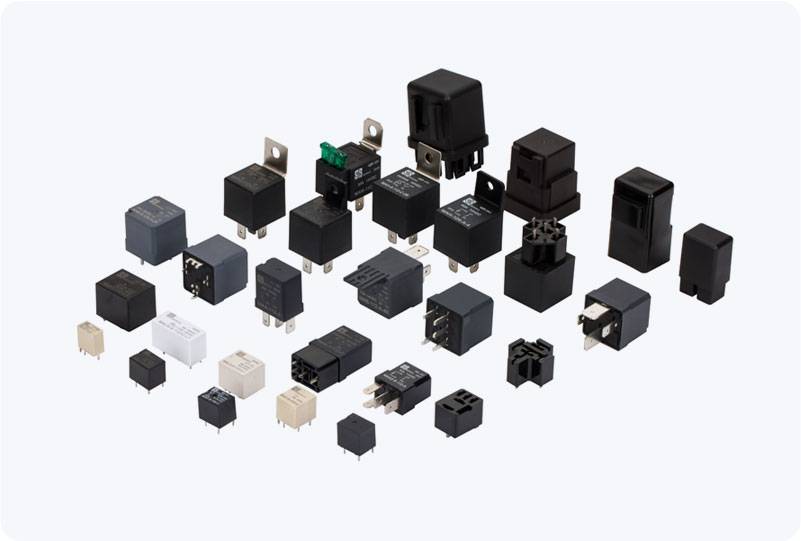In today’s highly automated industrial systems, safety is one of the top priorities. Equipment failures, electrical faults, or human errors can lead to catastrophic consequences if not properly mitigated. One of the crucial components used to enhance the safety and reliability of industrial systems is the Safety Isolated Relay. This device plays a vital role in ensuring that electrical systems are protected from unwanted disturbances, ensuring smooth operations and safeguarding both personnel and machinery.

What is a Safety Isolated Relay? A Safety Isolated Relay is a type of relay that provides electrical isolation between the control system and the output circuit. Its primary function is to prevent the transfer of potentially hazardous electrical signals, such as high voltage or current surges, from one part of the system to another. By using electrical isolation techniques, such as transformer isolation or optical isolation (e.g., through the use of optocouplers), these relays ensure that the input and output circuits are not electrically connected. This isolation helps protect sensitive equipment, ensure operational safety, and improve the overall reliability of the system.